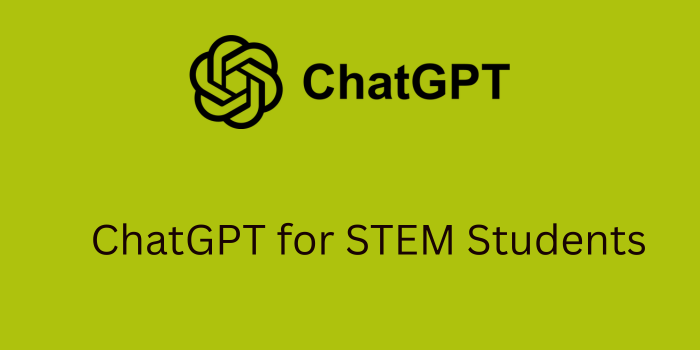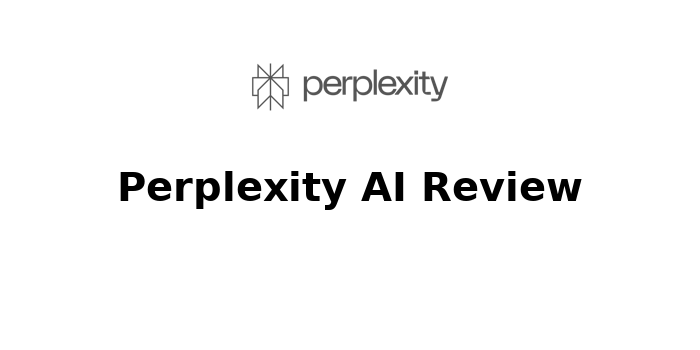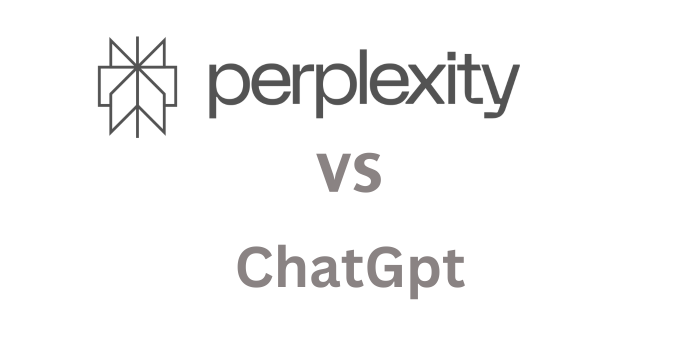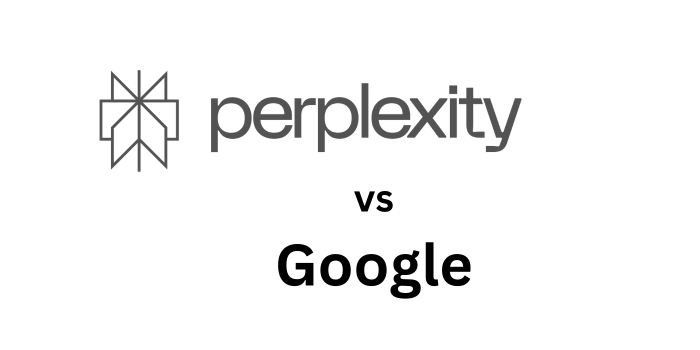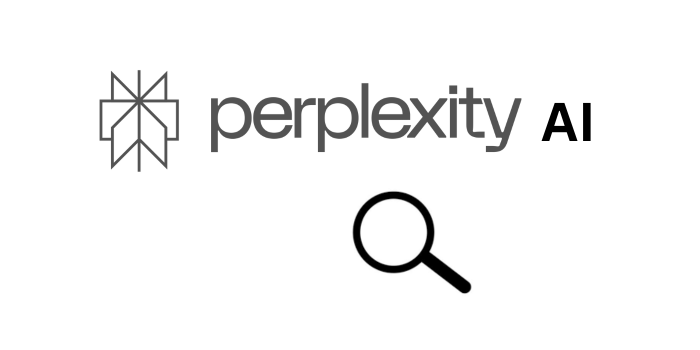STEM (Science, Technology, Engineering, and Mathematics) students often face unique challenges—complex problem sets, abstract theories, and intense workloads. With the rise of AI tools like ChatGPT, students now have a new way to get help with math and science problems. In this guide, we’ll explore how ChatGPT can support STEM students and enhance learning in a smarter, more efficient way.
How ChatGPT Helps With Math
ChatGPT is great at breaking down math problems. Whether you’re working on algebra, calculus, or statistics, it can:
- Solve equations step-by-step
- Explain formulas and math concepts
- Help with graphing and data interpretation
- Translate word problems into equations
Example Prompt: “Solve 3x² – 5x + 2 = 0 and explain each step.”
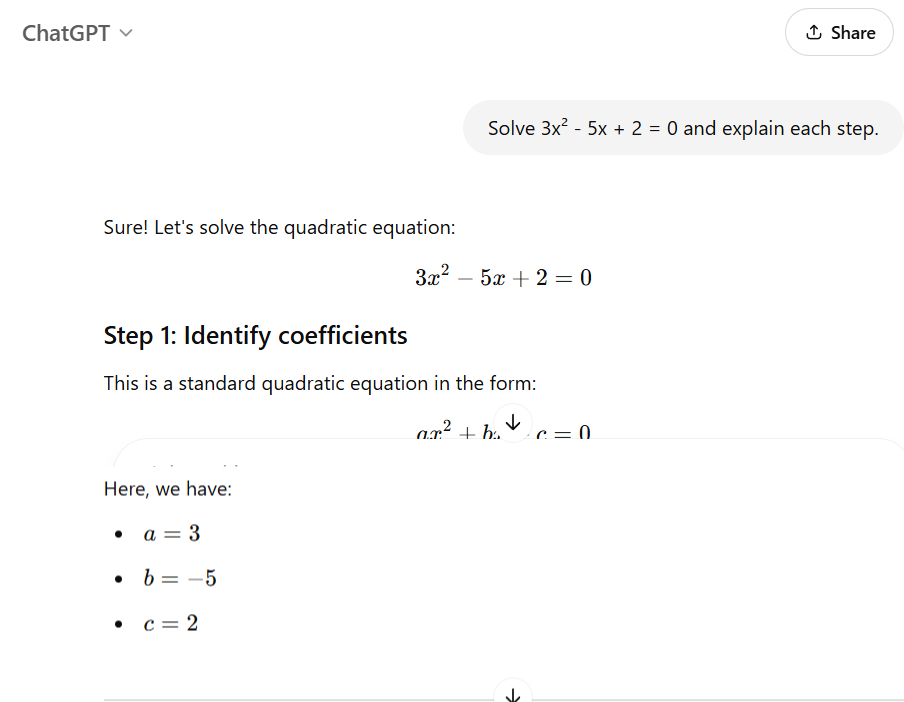
How ChatGPT Supports Science Subjects
Science subjects often involve complex theories, detailed processes, and problem-solving skills. ChatGPT helps students by breaking down these complicated concepts into simple explanations. Whether you’re dealing with physics formulas, chemical equations, or biological systems, ChatGPT can guide you step-by-step. It can provide summaries of textbook chapters, explain how experiments work, and offer real-world examples to make learning easier. This kind of support is especially useful when preparing for exams or completing homework, as students can get instant help on demand without waiting for a tutor or teacher.
Physics
- Explains motion, force, and energy
- Solves physics equations with reasoning
- Converts units and applies formulas
Chemistry
- Balances chemical equations
- Explains periodic table trends
- Calculates molar mass and conversions
Biology
- Summarizes complex biological systems
- Helps understand DNA, cell structures, and ecosystems
- Prepares flashcards and practice questions
Best ChatGPT Prompts for STEM Students
Using the right prompts can help you get the most out of ChatGPT. Whether you’re trying to understand a tricky concept or need help solving a complex problem, well-crafted prompts guide ChatGPT to give accurate and helpful answers. STEM students can benefit from prompts that ask for step-by-step explanations, simplified summaries, real-world examples, and even practice quizzes. The goal is not just to get the answer, but to truly understand the process behind it. Try different styles of prompts to see what works best for your learning style.
- “Explain Newton’s second law in simple terms.”
- “Help me calculate the derivative of x²sin(x).”
- “Summarize the process of DNA replication.”
- “Give me a practice quiz on chemical bonding.”
- “Create a study guide for AP Biology.”
Other Features That Help STEM Learning
ChatGPT goes beyond just solving problems—it supports the entire learning process. Whether you’re reviewing for exams, understanding new concepts, or organizing your study plan, ChatGPT can act like a personal tutor. It can simplify difficult topics using examples, create custom quizzes to test your understanding, and even help you build study schedules. You can also ask it to explain terms you don’t understand or summarize long textbook content into quick, clear notes. These features make learning more interactive and less stressful.
- Works 24/7, so you can study anytime
- Answers questions instantly
- Adjusts explanations to your level
- Helps with project planning and research
Using ChatGPT With Other Tools
While ChatGPT is powerful on its own, combining it with other tools can supercharge your STEM learning experience. For example, you can use ChatGPT to help understand complex math concepts, then plug equations into Wolfram Alpha for detailed calculations and graphing. For data-heavy subjects like statistics or engineering, tools like Excel or Google Sheets work great alongside ChatGPT’s explanations and formula help. If you’re studying chemistry or physics, visual simulations from sites like PhET Interactive Simulations can be paired with ChatGPT’s step-by-step breakdowns to reinforce understanding. For writing lab reports, combining ChatGPT with LaTeX editors ensures your formatting looks professional. Integrating multiple tools with ChatGPT can help you approach problems from different angles, making learning more effective and interactive.
- Pair with Wolfram Alpha for advanced math
- Use Google Sheets for data and calculations
- Watch Khan Academy for video explanations
- Write clean reports using ChatGPT + LaTeX
Helping With STEM Projects and Research
ChatGPT can be a valuable assistant when working on STEM projects and research papers. If you’re unsure where to start, it can help you brainstorm project ideas based on your subject, interests, or current trends. Once you’ve chosen a topic, you can ask it to outline the steps needed for experiments, design a research plan, or even generate hypotheses. It can assist with writing introductions, structuring your report, and summarizing your findings.
You can also ask ChatGPT to check grammar, clarify concepts, and format citations in styles like APA or MLA. Whether you’re preparing for a science fair, writing a lab report, or developing a group project, ChatGPT helps make the process faster, clearer, and more organized.
- Brainstorm project ideas
- Outline and write lab reports
- Summarize scientific articles
- Format citations in APA or MLA style
Tips for Using ChatGPT Effectively
To get the most out of ChatGPT, it’s important to use it the right way. Start by asking clear and specific questions. Instead of saying “help me with math,” try “explain how to solve a quadratic equation.” You can also ask ChatGPT to break things down step-by-step or explain concepts in simpler terms. Don’t be afraid to ask follow-up questions if something isn’t clear. Also, always double-check the answers—especially for technical subjects like physics or chemistry. Use ChatGPT as a learning tool, not just for quick answers. This way, you’ll improve your understanding and get better results in your studies.
- Be clear and specific in your questions
- Ask for explanations, not just answers
- Use follow-up questions to dig deeper
- Always double-check the output
What Students Say
Emily, Engineering Student: “ChatGPT explained calculus better than my textbook. I could finally understand integrals!”
Raj, Physics Student: “It’s like having a physics tutor on demand. It really helped me during finals week.”
Important Reminders
- Don’t use it to cheat—use it to learn
- Double-check answers, especially for advanced problems
- Use it to understand, not just finish assignments
While ChatGPT can be incredibly helpful for solving problems and explaining concepts, it’s important to use it responsibly. Avoid copying answers directly without understanding them—this won’t help you in the long run, especially during exams or real-world applications. Always take the time to review what ChatGPT provides, verify the information when needed, and ask follow-up questions to deepen your understanding. Think of it as a smart study partner, not a shortcut. Learning how to use AI tools wisely will make you a more independent and effective STEM student.
The Future of AI in STEM Education
AI tools like ChatGPT are changing how students learn. They provide instant support, explanations, and resources that help students succeed. As AI continues to grow, it will become an even more important tool for STEM education—personalized, accessible, and fast.
Conclusion
ChatGPT is a powerful learning companion for STEM students. It helps break down tough math problems, explains science topics in simple terms, and provides help anytime you need it. If you’re a STEM student looking for support, ChatGPT can make studying easier and more effective.
